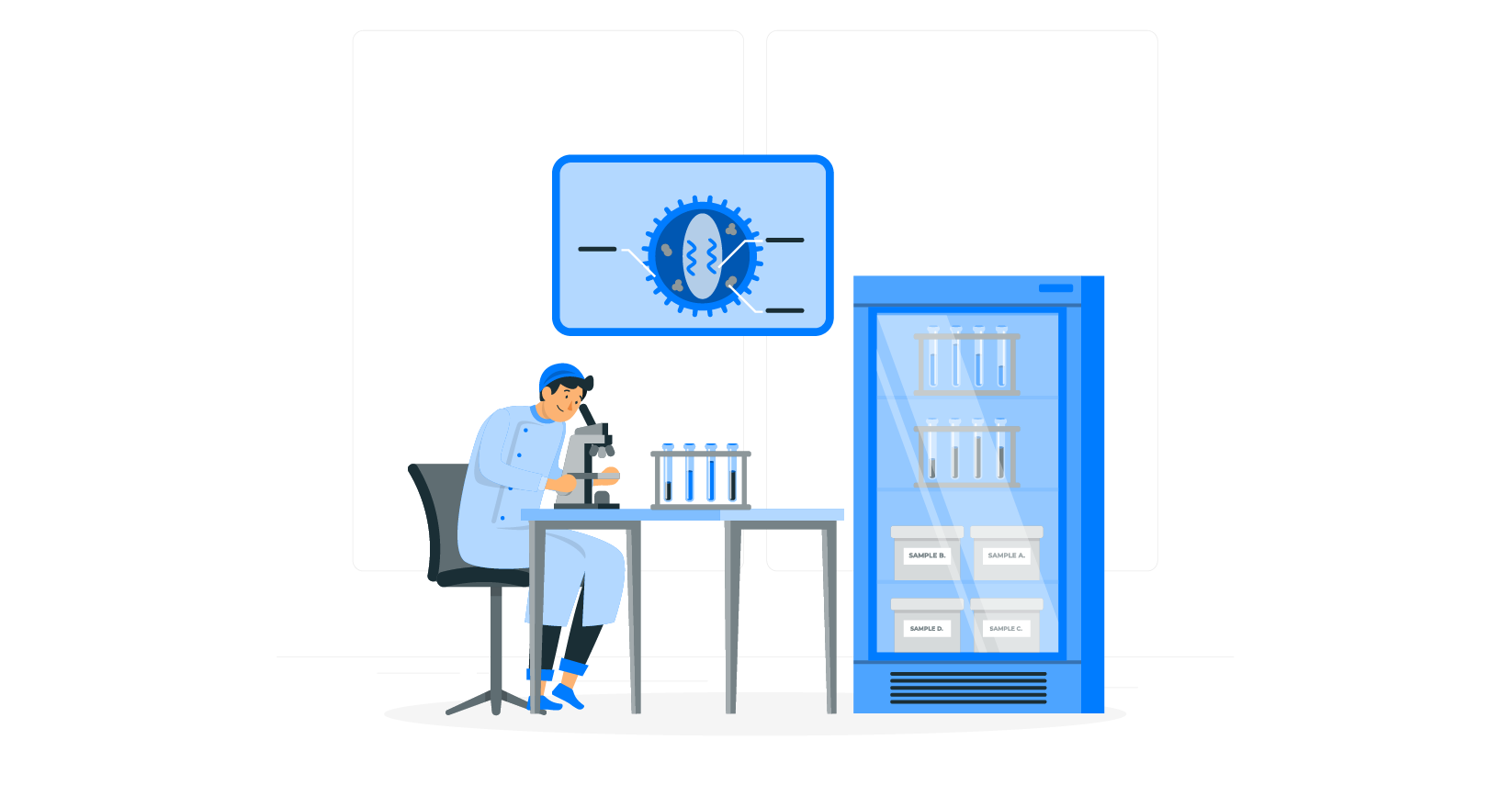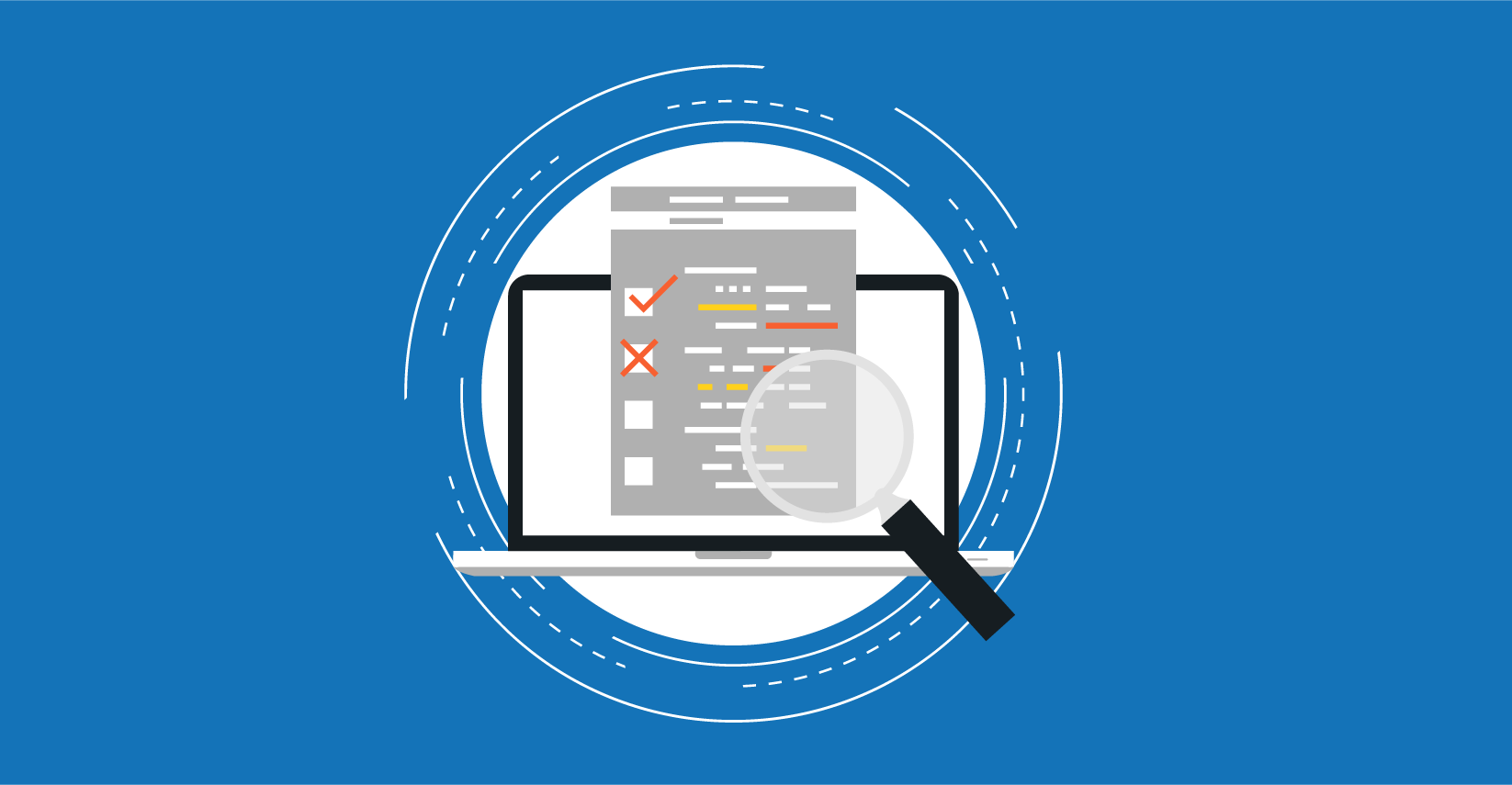A Strategic Approach to Automation

- April 30, 2024
- Malaika Saeed
Manual testing has become very hectic due to advancements in software demand. These demands have raised the efforts of engineers.
The alternative and easiest option is automation. This technique has made testing easier for the QA teams to get over the hectic steps of manual testing.
However, there is a proper approach required for automation to successfully use this technique.
Learn more about automation testing and its strategic approach to automation.
What is Automation?
Automating testing services enable the use of automation technology to carry out test cases.
This is ideal for large projects that require repeated testing. It might even be used on projects that have already gone via an initial manual testing phase.
By using automation, the tester may devote more time to high-value jobs. While this requires the tester to save test scripts, it will eventually improve application excellence, test coverage, and adaptability.
What are the Advantages of Automation Testing?
Better Accuracy
Manual testers’ experience and expertise impact the thoroughness with which applications are evaluated, leading to improved accuracy.
When performed correctly, test automation eliminates your reliance on these parameters, resulting in predictable results every time.
Manual errors are another factor that might have an impact on quality. Regardless of how thorough a quality engineer is, there is always the risk of skipping a few phases, entering incorrect data, or making a minor human error, resulting in poor application quality.
With test automation, you can confirm that your solution always executes the processes correctly and reports each step objectively.
Better Test Coverage
To conduct end-to-end testing on a complex enterprise application, a larger team and more time are required. Test automation, particularly no-code, allows you to test applications at any scale, end-to-end, with just a few clicks of the keys in minutes or hours.
This allows you to test additional capabilities across diverse applications and setups, resulting in improved coverage and quality.
Extensive coverage of tests also increases the likelihood of detecting flaws early in the development process, reducing production difficulties and poor user experience.
According to the World Quality Report 2020-21,’requirement coverage by test’ is the major parameter used by testers to judge application quality and automation solution efficiency.
Saves Time and Money
The agile process enables software features to be supplied much more quickly (ideally, in four weeks or fewer), significantly increasing the functionality delivered.
As popular as this strategy is, statistics reveal that software testing is the most significant obstacle to speed in the agile development process.
Allows Reusability
Manual testing, especially regression testing, can seem extremely tedious as you need to test every minor code change.
Writing scripts and running them over and over again is nothing short of a nightmare. With no-code test automation, you need not write test cases or execute them manually when the codebase changes.
Instead, your solution creates test scripts that you can reuse and execute as required without additional efforts or costs. If your automation solution offers pre-built keywords, your efforts decrease furthermore.
Early Bug Detection
With automation in place, developers may run unit tests on their computer systems before sending work to version control. Following that, a number of additional automated tests (integration, regression, and so on) are executed automatically.
Every code patch is thoroughly tested as soon as it is made. Bugs are discovered promptly, when they are relatively easy to correct and have a low impact.
Early bug detection allows for easier debugging. Bugs that make it into the pre-production stage are substantially more difficult to eradicate since they affect huge portions of the software being tested.
In reality, this is the essence of the shift left testing method, which aims to detect and address defects as early as feasible in the development cycle.
This increases software quality and saves time correcting problems later in the pipeline.
Strategic Approach to Automation
| Steps | What to do? |
| Define Objectives and Goals | An automation testing approach should have a specific, measurable aim in order to obtain the desired outcomes. This objective could be as easy as generating prioritized test cases for key flows. Defining what is meant at this point helps to save time and prevent automated testing from replicating work that is already being done manually. It is critical to carefully specify the scope in order to prevent risks associated with large QA teams, such as failing to perform some tests owing to confusing testing options. This increases software quality and saves time correcting issues further down the pipeline. |
| List Down the Requirments | Brainstorm with stakeholders about automation priorities, create targets and KPIs, and document your testing requirements. This is also a chance to specify the sorts of testing needed to meet your criteria. Based on this, you can choose the appropriate tools later. |
| Look for Potential Risks | Use a based on risk testing methodology to automate the areas that have the most business impact. This contributes to the creation of an orderly structure for automation while also avoiding extra upkeep overheads and outdated testing. Automating low-priority tests provides little utility. |
| Test Cases | The stage entails specifying specific automation flows and features, with an emphasis on valuable business areas and consideration given to both stable and complex flows. Automating test cases with frequent modifications is typically wasteful. Highlight the portions that will be automated according to the established goals, risks, and criteria. |
| Test Data and Environment | Test automation designs frequently disregard environment and test data management, particularly with GDPR restrictions. Synthetic data is recommended and saved externally for maintenance, while stable conditions are maintained, with testing artifacts cleared after completion. |
| Appropriate Framework | The experience and ambitions of your team will influence your decision on the best framework for your project. Performing technology and framework research, as well as developing a proof of concept (PoC), can assist display the framework’s features and assess whether it should be pursued further. |
| Record Progress | Track progress on projects in your test management tool, build a backlog on the ticket management system, and incorporate tracking information into the plan to monitor automation status, assign work, and ensure team members are aware of your preferred approaches. |
| Report | Analyzing unsuccessful tests and reporting errors are critical steps in the automation process. Despite this, it frequently takes more time than necessary to fix underlying issues. |
Conclusion
The advantages of an automation plan are numerous, including higher productivity, dependability, availability, improved performance, and lower operational expenses.
New technologies and advances enable the automation of repetitive jobs such as entering information and typing.










